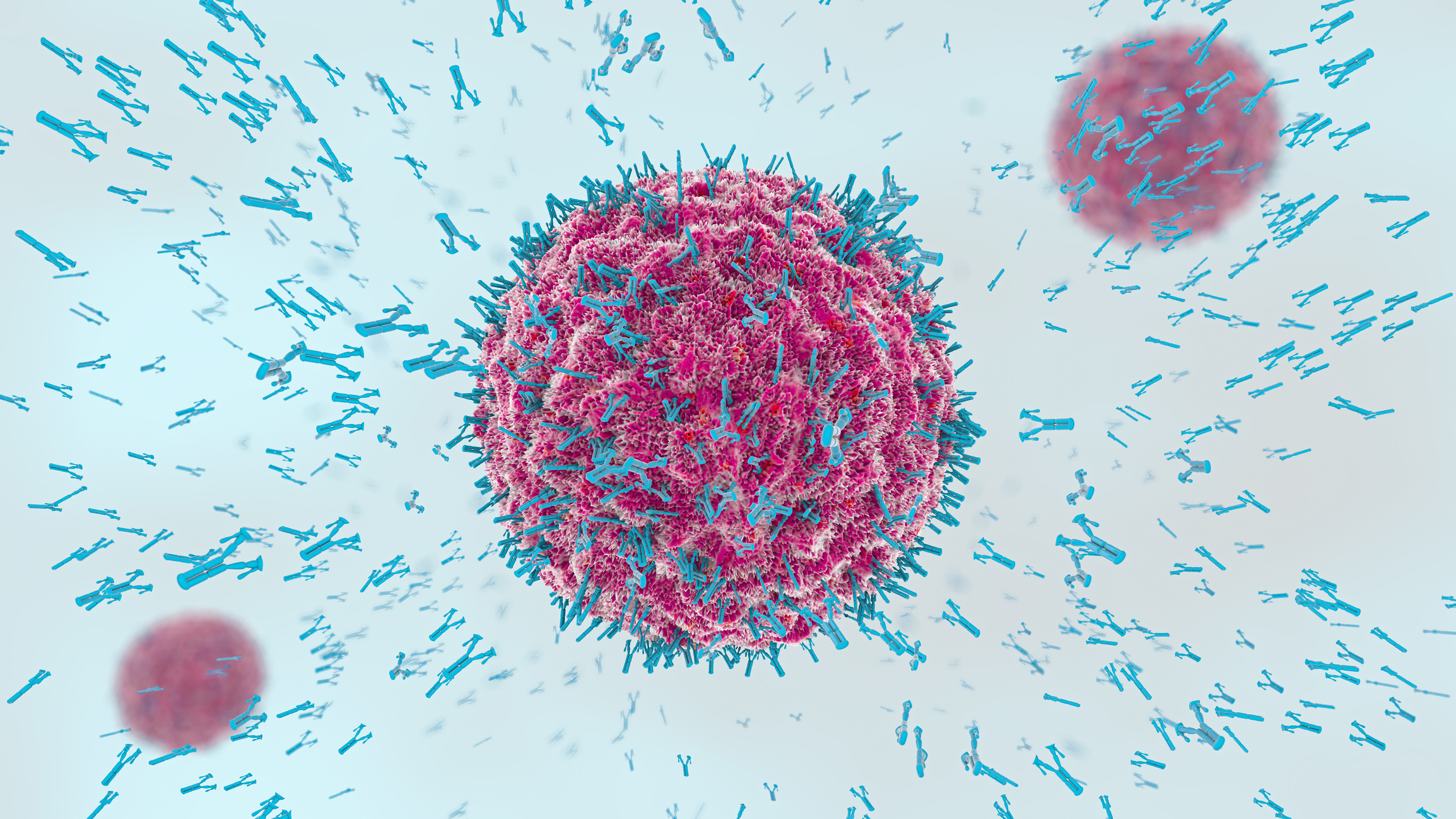The ability to isolate and identify proteins from a biological solution is fundamental to basic research and clinical diagnosis. Proteins are the workhorses of the organism; they send and receive messages, they control the flow of information across the cell membrane, and they enact cascades of action within cells. It is rare that a single protein works alone, so it is imperative to understand how proteins interact with each other if we are to understand the nature of our bodies and to discover and treat disease.
Immunoprecipitation (IP) is a method used to purify target proteins from whole tissue or from cell culture. There are different types of IP: Single protein, Co-immunoprecipitation (co-ip), Chromatin immunoprecipitation(CHIP), RNA immunoprecipitation (RIP), and tagged protein immunoprecipitation. All of these techniques play an important role in modern medicine and research into the discovery of biochemical mechanisms, and they all are based on the basic principle of the specific lock-and-key interaction between antibody and antigen. Antibodies are naturally produced by the adaptive immune system, but they can also be engineered by modern techniques to specifically bind to any protein target desired.
Types of Immunoprecipitation
- Co-ip is used to pull out partner proteins and protein complexes.
- The CHIP assay is used to identify protein-DNA interactions within the histone.
- RIP is similar to CHIP except that it is protein-RNA interactions.
- Tagged protein immunoprecipitation is used when there isn't an ideal antibody candidate to bind to the target protein.
The basic steps of the immunoprecipitation protocol apply to all types of IP, but the goals of each assay are slightly different. The most basic method isolates a single target protein from the sample.
IP can be performed using centrifuge columns and agarose beads. Alternatively, IP can utilize magnetic separation and magnetic beads. The magnetic bead immunoprecipitation protocol is gaining popularity because it eliminates the need for centrifugation and can be gentler on the protein-bead conjugates. No matter what type of immunoprecipitation you are performing, be it with magnetic or agarosebeads, the basic immunoprecipitation protocol is more or less the same.
Immunoprecipitation Protocol
There are two approaches to immunoprecipitation: the pre-immobilized antibody approach and the free antibody approach. The cell lysis, blocking, washing, elution, and analysis steps are the same for both. The only difference is whether the antibody is bound to the bead first (pre-immobilized) or to the protein first (free antibody). The free antibody approach can be better for low concentrations of target proteins or poor antibody-antigen binding affinity or kinetics. The following immunoprecipitation protocol has been adapted from an abcam protocol.
Steps:
- Cell Lysis
- Detergents are used to break down membranes and to allow proteins to break free of the cell (nonionic detergents are less harsh than ionic detergents)
- Denaturing cell lysis is for proteins with epitopes that are not accessible by antibodies in their folded state.
- Non-denaturing cell lysis is for proteins that must be maintained in natural folded state for proper antibody binding.
- Protease inhibitors are used to prevent the degradation of proteins. Additionally, the sample is kept cold throughout the immunoprecipitation protocol to preserve protein viability
- The cell lysate is centrifuged to remove cell debris
- Normal serum is used to decrease non-specific binding
- Protein A and Protein G beads are commonly used to bind antibodies because they have a high affinity for the heavy chains of the antibodies. This allows for an optimal orientation of the antigen-binding sites of the antibodies facing outward from the bead surface. Another option is to use streptavidin-functionalized beads with biotinylated antibodies
- Incubate the antibody with protein A or G beads under constant agitation. The agitation helps the antibodies an beads to come into contact and bind
- Centrifuge and discard supernatant
- Add cell lysate and incubate
- Incubate cell lysate with antibody
- Prepare beads: protein A for polyclonal antibodies and protein G for monoclonal antibodies.
- Add the beads to the lysate-antibody mixture and incubate under constant agitation
4. Washing
- Wash the beads three times. Either centrifuge and discard supernatant or use a magnet to pull the beads to the side of the container while replacing the washing buffer.
- Sodium dodecyl sulfate (SDS) is a harsh elution buffer. Glycine is much gentler. Glycine has a low pH, which weakens the antibody-bead interaction and allows the proteins to be released from the beads.
- The isolated protein samples are run to see if the target protein was actually captured by the immunoprecipitation protocol
The immunoprecipitation protocol is useful for rapidly isolating and purifying specific proteins from a heterogeneous sample. Another method for capturing and enriching specific proteins is called immunoaffinity chromatography. Each of these methods capitalizes on the unique specificity of antigen-antibody affinity. Fortunately, there are many established techniques for altering solid support systems by covalently attaching conjugated antibodies. These techniques are also very useful for biomagnetic separation and immunoprecipitation of target proteins.
Related news





